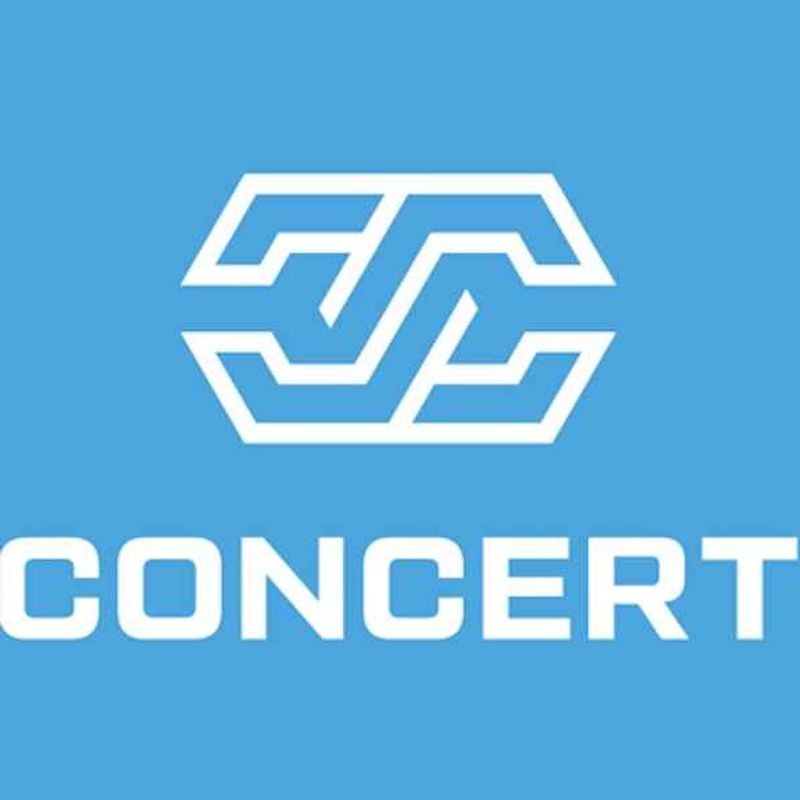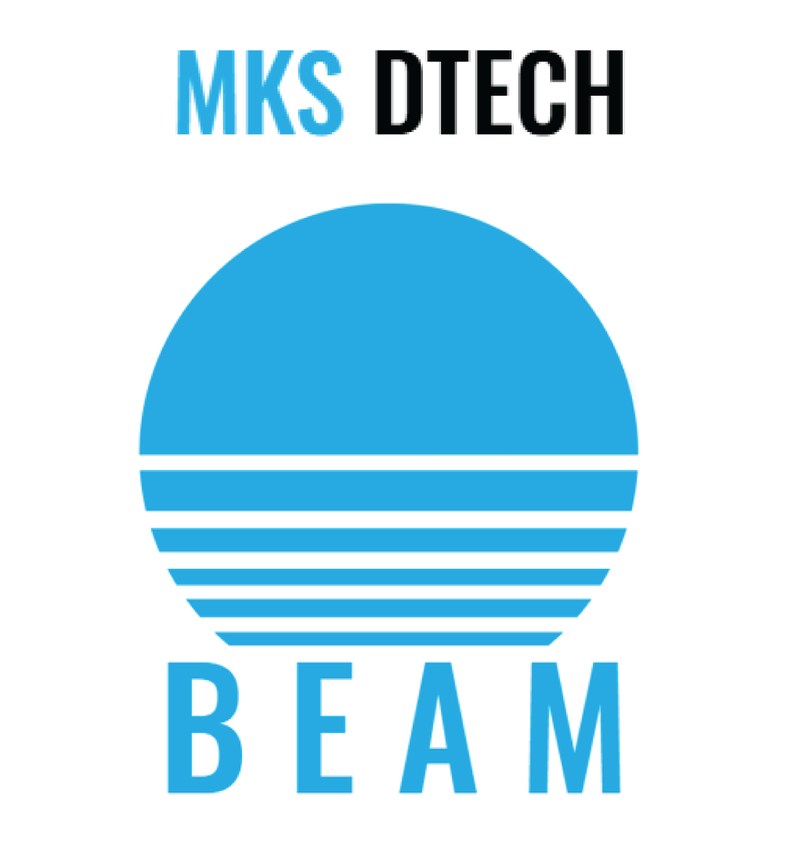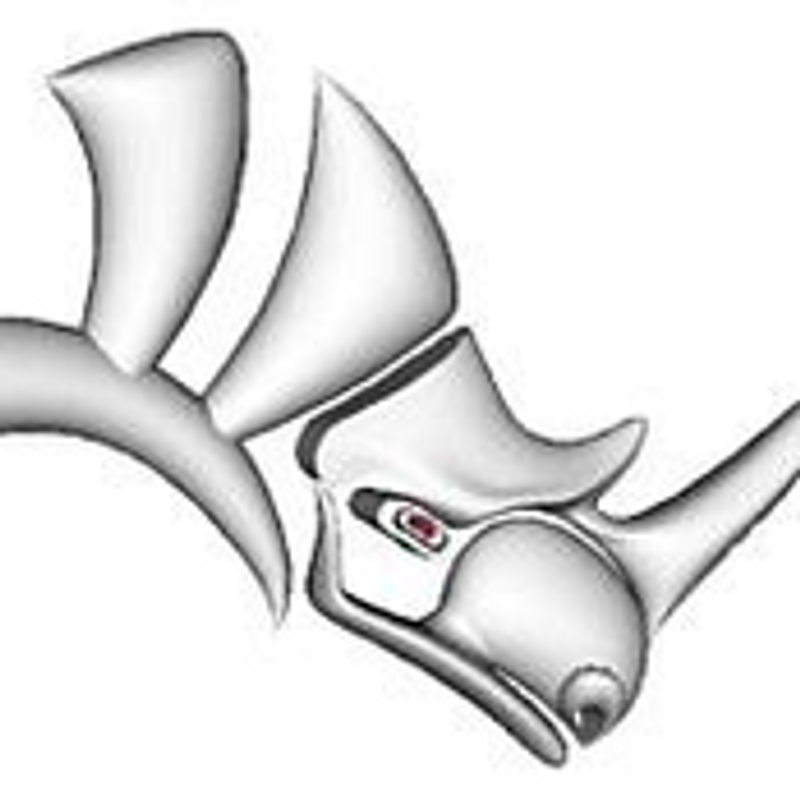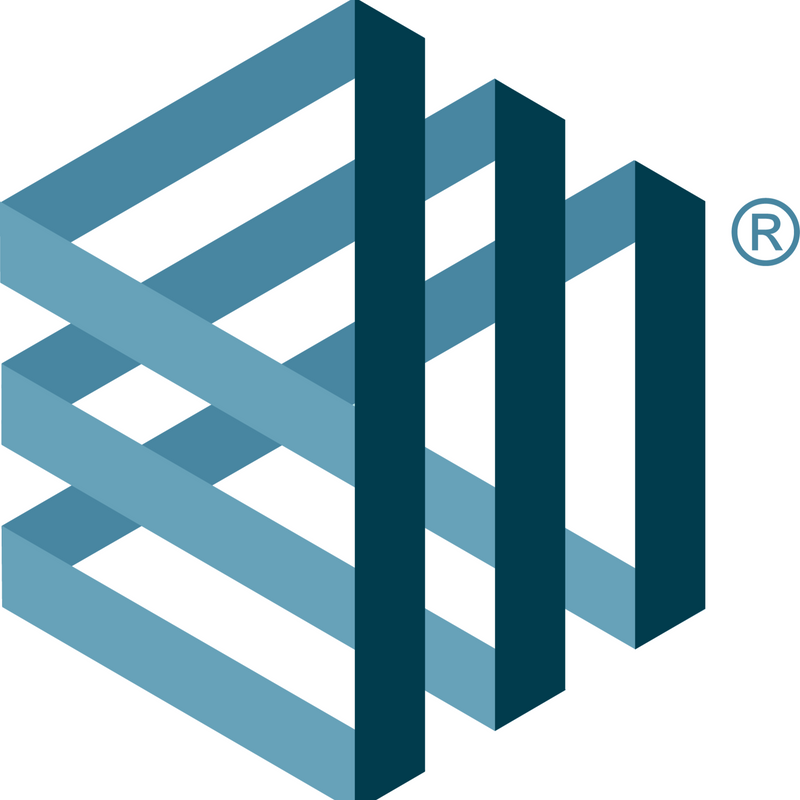SoFi Stadium
SoFi Stadium is a state-of-the-art sports and entertainment destination in Inglewood, CA. It opened in September 2020 and is, with 3.1 million square feet, the largest and the first "indoor-outdoor" stadium in the NFL. It is also the home of the Los Angeles Chargers and the Los Angeles Rams who will host Super Bowl LVI against the Cincinnati Bengals on February 13, 2022. Inspired by Los Angeles Rams Chairman E. Stanley Kroenke’s vision for an iconic piece of architecture and entertainment destination, the international architecture firm HKS designed the centerpiece of a 298-acre mixed-use development with retail, commercial office space, a hotel, residential units, and outdoor park spaces. The complex features a 70,000-seat stadium, a 2.5-acre plaza and a 6,000-seat performance venue situated together beneath a canopy of more than 3,000 translucent ETFE panels and 34,000+ perforated anodized aluminum panels. What’s remarkable is that each of these panels is unique, creating a pattern with curving geometry in a way that no two panels are the same.
Gallery
Explore Tools Used
Discover which tools and technologies were used for "SoFi Stadium".
CONCERTvdc




